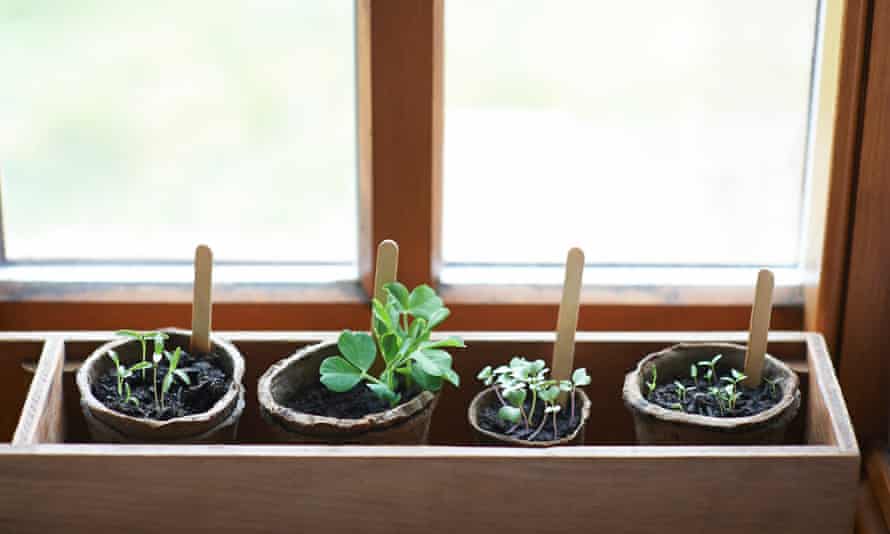Let the show begin! The snowdrops are fading, the daffodils are starting to tower above them, the crocuses are running riot, and the lengthening days are slowly warming the soil. These signs of spring mean one thing: it’s time to start sowing.
You don’t, however, have to do it all at once. Stagger sowing and you’ll be able to keep a steady stream of small seedlings from windowsill to cold frames to the outdoors. This means there’s still plenty of time to plan. One way to do this is to arrange your seed packets in order of which need to be sown first, week by week. If something needs succession sowing, once the first sowing is done, it gets moved two weeks down the line.

It might also make sense, if you’re working off one sunny windowsill, to buy in plug plants of things that are slow to get going. The likes of Simpson’s Seeds and Plants, Rocket Gardens, Sea Spring Seeds and Organic Plants all offer a good selection, which they’ll send in the post. If you haven’t started off chillies and aubergines yet then these are the way to catch up.
The rest – from annual flowers such as calendula and cornflower to beetroots, turnips, radishes, carrots, parsnips, lettuce, sprouting broccoli, brussels sprouts, cauliflowers, celeriac, kales, leeks and peas – can be sown indoors. These benefit from a warm start, somewhere between 10-18C, but once they are up and pricked out they can be turfed outdoors to harden off; just bring them in at night for the first few days.

If the soil is warm enough – about 8-10 degrees – you can sow straight outside. If you don’t have a soil thermometer, use your fingers: wiggle them into the soil up to your knuckles and see how long you can linger. You should be able to bear it for at least a minute; it needs to be cold, but not uncomfortable.
It also needs to be dry enough: this is best tested by crumbling a clump of soil on the surface. If it looks like bread crumbs then you’re good to go. If the soil needs drying out, cover it with plastic, old window frames and cloches. While you’re doing this, lay down some old cabbage, kale or rhubarb leaves on top of the soil, under the cover; or use a piece of thick, damp cardboard. Slugs love to congregate under there and you can swiftly pick off a generation before they do the same to your seedlings.
I always sow broad beans, dwarf peas and radishes first, if the temperature is right – about 10 degrees (do the finger test again). The radishes will be up in a week, the other two the week after, and then it’s game on for all the rest.